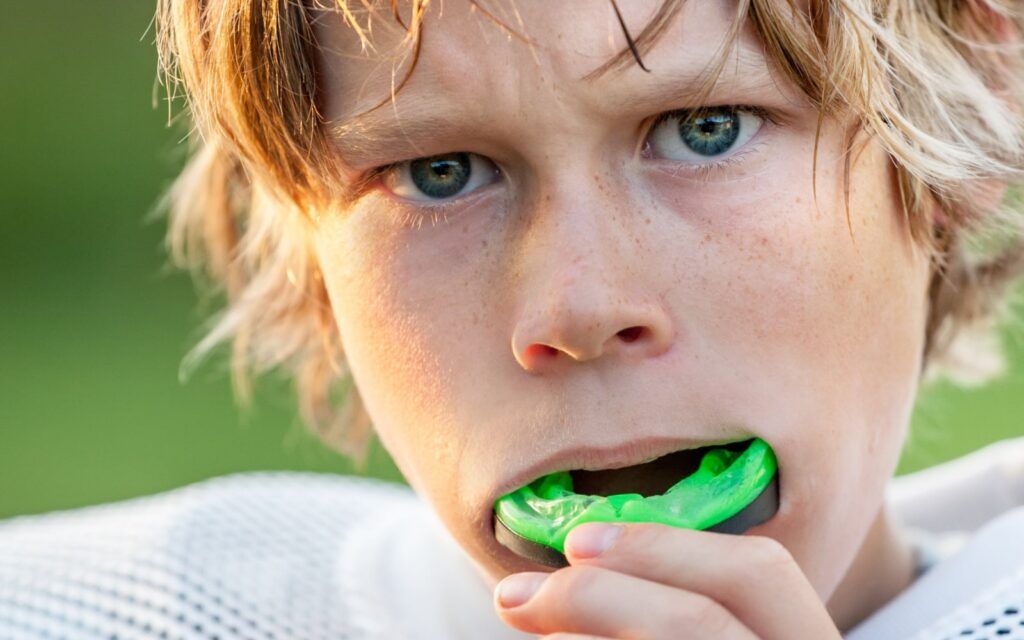We all have the potential to experience a dental injury at some point in our lives. These injuries can vary in severity from mild to traumatic. A dental concussion is one type of dental injury often experienced by toddlers, though patients of any age can experience this kind of injury. Dental concussions occur in the same way that cranial concussions do. A severe impact to the tooth that doesn’t cause it to be knocked out but still causes injury to the tooth. Emergency dental care isn’t generally necessary for a dental concussion. However, this kind of injury can cause the tooth to become discolored on a temporary or permanent basis. Kids 360 Pediatric Dentistry put together this guide to help parents know what steps to take if their child experiences a dental concussion.
What Are Dental Concussions, And What Can I Do To Help Them?
Dental concussions are a form of dental injury that often occurs as part of accidents, sports, or simple mishaps. When a concussion happens, it’s not uncommon for the tooth to be tender to the touch or to feel tender when tapped. However, the tooth will typically not show any signs of being loose, nor with they be moved out of position. Some dental concussions can be severe enough that they cause the tooth to change color as a result of bruising to the dental pulp. Others will lack any visible signs to indicate their presence. If you’re concerned about a dental concussion, you can see our team to receive a pulp sensibility test. A positive result from such a test indicates a vital pulp, while a negative test indicates that the pulp is not healing properly. Recognizing the presence of a dental concussion can help protect your teeth and maintain lasting oral health.
- Concussion – A tooth concussion indicates that the periodontal ligaments holding the tooth have become damaged. This form of injury often leads to the tooth becoming discolored.
- Subluxation – When a tooth has become mobile but has not been displaced, it has experienced subluxation. This kind of injury typically results in bleeding gums and sensitivity but doesn’t require any additional treatment unless complications occur. Some examples are when chewing and biting becomes difficult.
- Extrusive Luxation – This injury occurs when the tooth has become very mobile due to the impact causing some of the periodontal ligament to tear loose. It will often appear ‘elongated’ as it’s not firmly seated in the socket.
- Lateral Luxation – When the impact was severe enough to have caused the jawbone to fracture and the periodontal ligament to separate from the tooth.
- Intrusive Luxation – This occurs when the tooth has been pushed forcefully into the socket, causing the alveolar bone to fracture.
While physical impact is the most common cause of dental concussion, other potential causes exist. Among them are chewing hard candies or ice.
Learn More About Dental Concussions With Kids 360 Pediatric Dentistry
Learn how to protect your children from dental concussions and how to respond if you notice that one may have occurred. Start with a call at (832) 271-6114 or stop by our offices in Richmond, TX, today!


